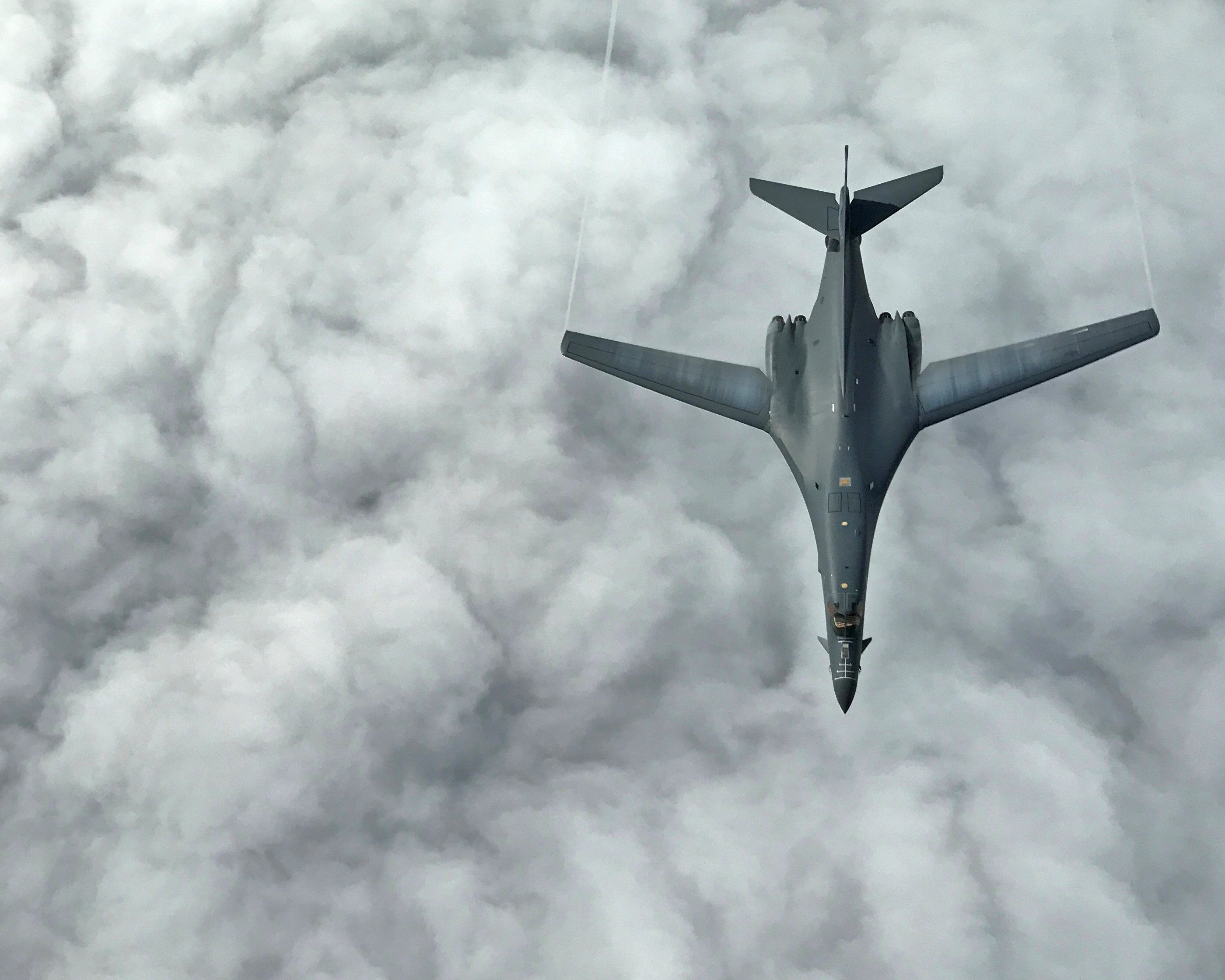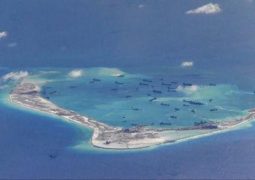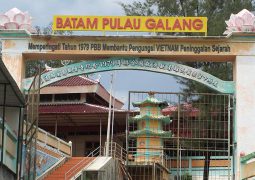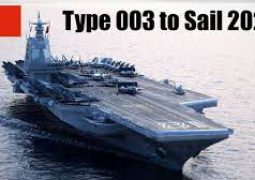U.S. Shows Off ‘Attack Capabilities’ After North Korea Missile Test

SEOUL—The U.S. sent two B-1B bombers to the Korean Peninsula to practice “attack capabilities” with South Korean jet fighters on Friday, the latest show of force by the U.S. military following North Korea’s first-ever intercontinental ballistic missile test launch on Tuesday.
The joint exercise, which included U.S. F-16 fighters jets as well as fighter planes from the South Korean and Japanese air forces, came a day after U.S. President Donald Trump said in Warsaw on Thursday that he was considering “some pretty severe things” in response to North Korea’s latest actions.
Friday’s flyover also followed a joint missile-defense drill by the U.S. and South Korean armies on Korea’s east coast Wednesday.
The 10-hour flight drill on Friday was conducted “in response to a series of increasingly escalatory actions by North Korea,” the U.S. Pacific Air Forces said in a statement late Friday.
“North Korea’s actions are a threat to our allies, partners and homeland,” Gen. Terrence O’ Shaughnessy, Pacific Air Forces commander, said in a statement. “Let me be clear, if called upon we are trained, equipped and ready to unleash the full lethal capability of our allied air forces.”
During the drill, two B-1B bombers flew from Andersen Air Force Base in Guam to the Korean Peninsula where they released inert weapons on an air force training range in South Korea, about 90 miles south of the demilitarized zone that divides the Korean Peninsula. They were joined by South Korean and U.S. F-16 jet fighters during the mission.
The B-1Bs then flew with Japanese F-2 jet fighters over the East China Sea before returning to Guam.
The U.S. has been making shows of force in recent months in response to perceived increases in tension on the Korean Peninsula.
Twice in May, the U.S. sent B-1B bombers on flyoversnear the Korean Peninsula. Each came shortly after a North Korean missile test.
In April, the U.S. said it was sending the USS Carl Vinson carrier strike group to the western Pacific to underscore Washington’s commitment to the region. In that case, the announcement instead raised questions about U.S. credibility after it came to light that the aircraft carrier was thousands of miles away.
On Thursday, U.S. Secretary of Defense Jim Mattis told reporters in an impromptu briefing at the Pentagon that “we are leading with diplomatic and economic efforts.”
But he also called North Korea’s ICBM launch a “very serious escalation” and warned the North that any effort to start a war “would lead to severe consequences.”
Separately on Thursday, South Korean President Moon Jae-in said in a speech in Berlin that he was seeking more engagement with North Korea, and would be willing to meet with North Korean leader Kim Jong Un “at any time, at any place,” provided certain conditions were met.
In its statement following Friday’s air force exercise, the U.S. said that it “maintains flexible bomber and jet fighter capabilities” in the region and could “quickly respond to any regional threat.”
The U.S. bombers and South Korean fighters “are just two of many lethal military options at our disposal,” said Lt. Gen. Thomas Bergeson, deputy commander of the U.S. military in South Korea.
“This mission clearly demonstrates the U.S.-ROK alliance remains prepared to use the full range of capabilities to defend and to preserve the security of the Korean Peninsula and region,” Lt. Gen. Bergeson added, using the acronym for South Korea’s formal name, the Republic of Korea.
- Previous Japan helps to strengthen defence of Philippines in the high seas
- Next 150 partygoers in Pattaya nabbed for drugs Please credit and share this article with others using this link:http://www.bangkokpost.com/news/crime/1279642/150-partygoers-in-pattaya-nabbed-for-drugs.










